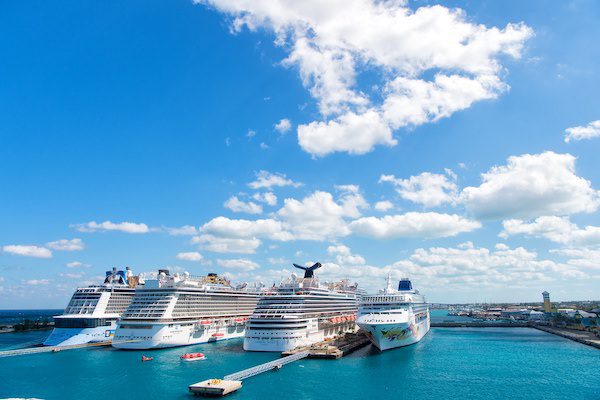Cruise tourism has achieved a remarkable milestone by generating a record $4.27 billion for the Caribbean and Latin America over the past year, showcasing the region’s rising appeal.
The financial boost represents a more than 25% increase compared to the pre-pandemic peak in 2018, indicating robust post-recovery growth.
With 33 destinations involved, the sector supports over 94,000 jobs and offers $1.27 billion in wages, benefiting local economies substantially.
Cruise passengers have become a significant economic force, with their spending averaging $104.36 per visit across 29.4 million visits.
The Bahamas emerged as the greatest beneficiary from cruise tourism, earning over $650 million, followed closely by Cozumel, Mexico, with $483 million.
In an impressive financial boom, cruise tourism has significantly bolstered the economies of the Caribbean and Latin America, achieving an unprecedented income of $4.27 billion this past year. This development signals a robust rebound from the pandemic with a financial improvement exceeding 25% over the figures recorded in 2018, prior to the global health crisis. The analysis, conducted by the Florida-Caribbean Cruise Association (FCCA), spans 33 destinations and highlights a flourishing sector that continues to capture the economic benefits of international cruise travel.
Crucially, the industry now underpins the livelihoods of more than 94,000 individuals across these regions, contributing $1.27 billion in wages. These figures underline the significant role cruise tourism plays in providing employment and financial stability within local communities. With total spending by cruise lines reaching $968.3 million, an average of $29.3 million was allocated to each destination, which further enhances the regional economic landscape.
The passenger influx has been remarkable, with cruise tourists having made 29.4 million visits, spending an average of $104.36 per visit. This significant flow of tourist income generated a collective $3.07 billion. Additionally, the crew visits, amounting to 3.9 million, resulted in spending of $58.78 per visitor, adding another substantial $229.5 million to the economy. The overall 33.3 million visits by both passengers and crew represent a 13% growth compared to the prior evaluation period, with 17% more passenger visits in the 31 destinations common to both the 2018 and 2024 studies.
Despite the exclusion of indirect tourism expenditures, such as local purchases by tour providers and ports, the data serves as a cornerstone for understanding job creation and wage impacts. Notably, average passenger spending increased in 26 out of 31 destinations, with 14 recording averages above $100 per passenger, a rise from 12 destinations in 2018.
The Bahamas remains the standout in benefiting from this maritime influx, recording more than $650 million in revenue, with Cozumel, Mexico, trailing with $483 million earnings. These figures were disclosed during the 30th annual FCCA cruise conference and trade show held in St Maarten, where Michele Paige, FCCA’s chief executive, remarked on the mutually advantageous relationship between cruise lines and host destinations.
This remarkable financial success highlights the enduring and mutually beneficial relationship between cruise tourism and Caribbean and Latin American economies.
Source link : http://www.bing.com/news/apiclick.aspx?ref=FexRss&aid=&tid=672d881880ab4fe9a8005a516b0ea823&url=https%3A%2F%2Fwww.financial-news.co.uk%2Fcruise-tourism-brings-record-4-27bn-to-caribbean-latin-america%2F&c=15822795835966988418&mkt=en-us
Author :
Publish date : 2024-10-27 23:02:00
Copyright for syndicated content belongs to the linked Source.
